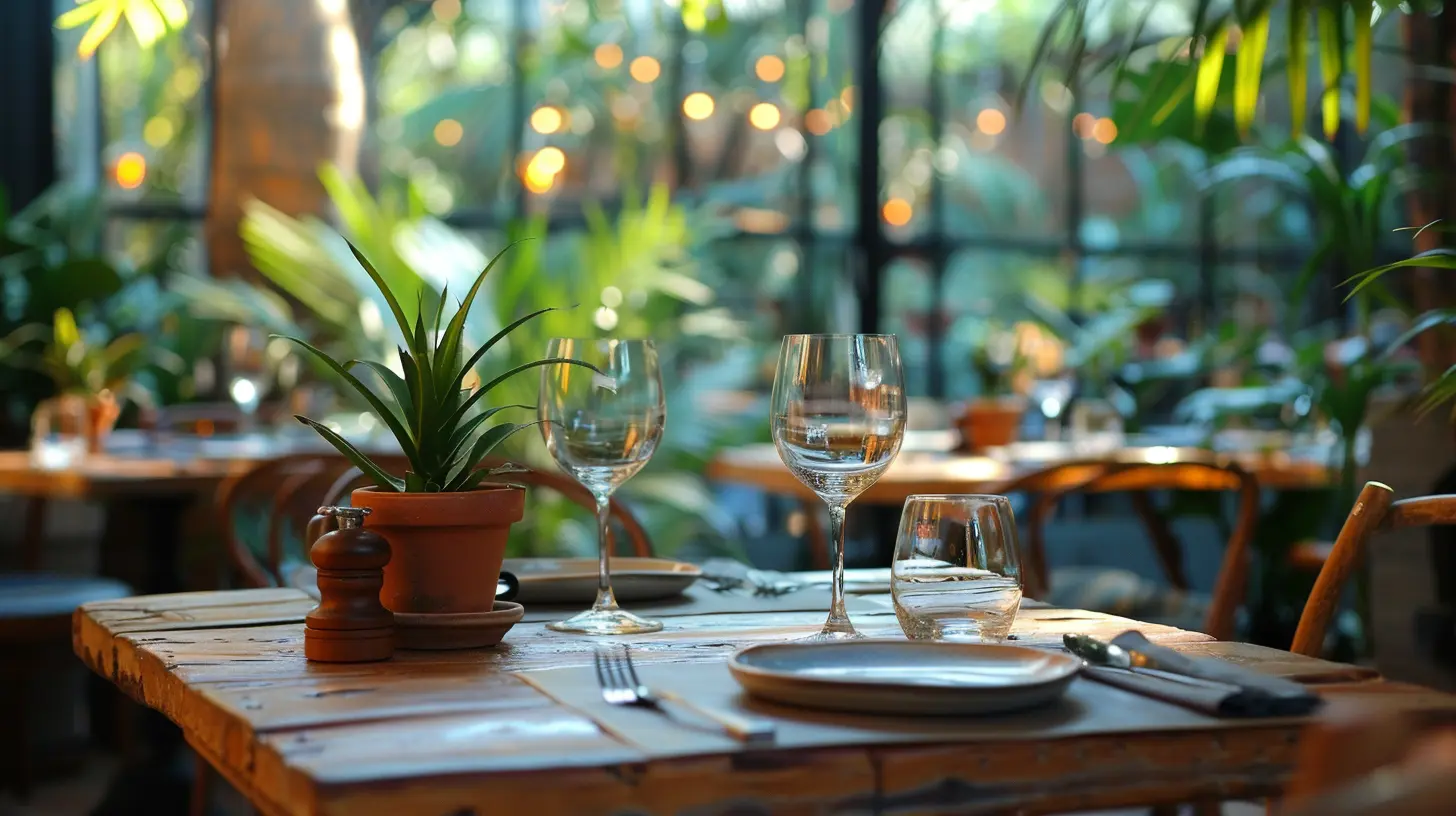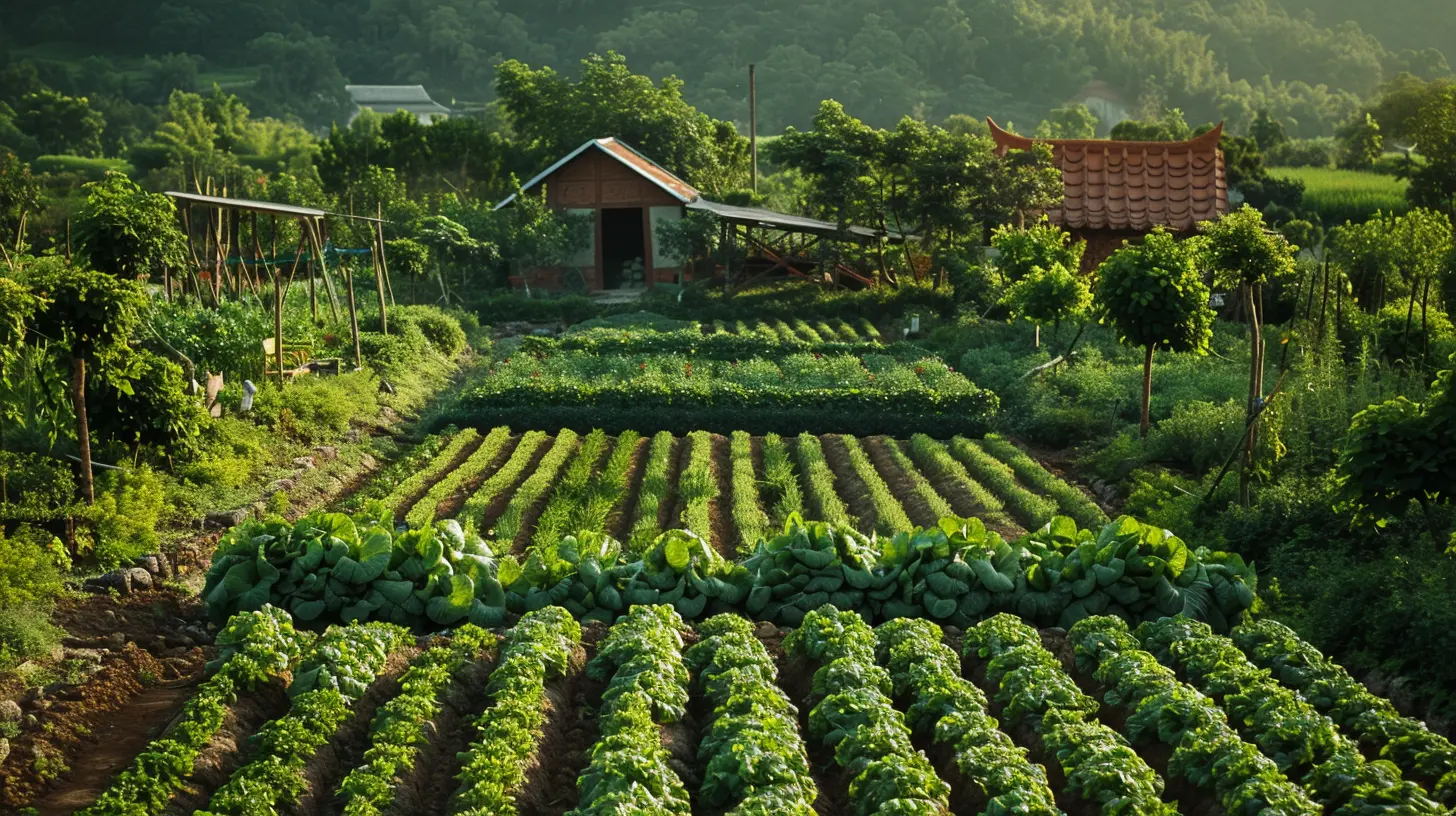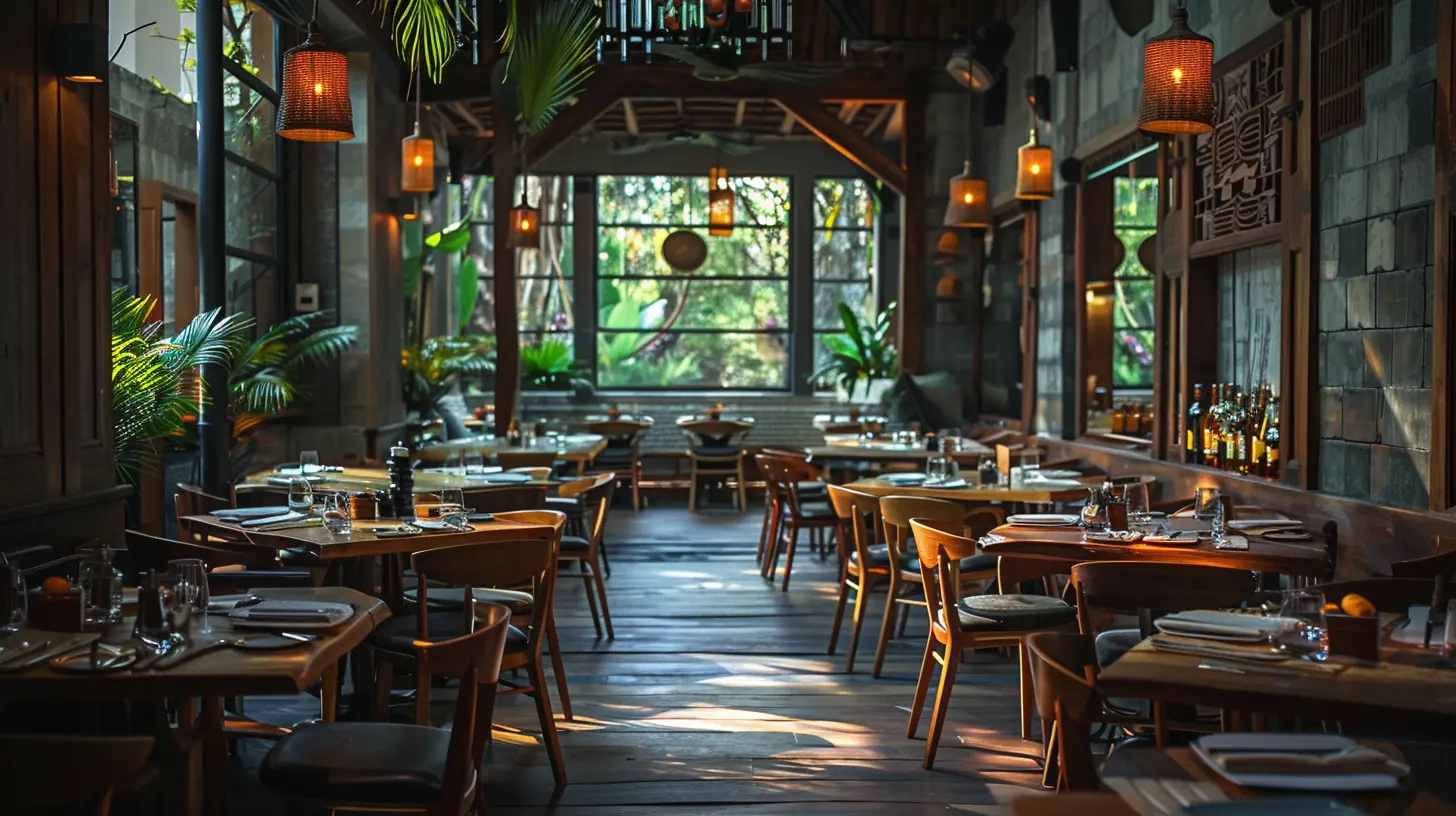From Farm to Table: Sustainable Dining Around the World
19 September 2025
Introduction
Ever wondered where your food comes from before it lands on your plate? The farm-to-table movement is changing the way we eat, connecting diners to the source of their meals in a way that's both sustainable and delicious. Around the world, chefs, farmers, and food lovers are coming together to create dining experiences that prioritize fresh, locally sourced ingredients while promoting environmental and social responsibility.
In this article, we'll take a global journey through some of the most fascinating farm-to-table dining experiences, exploring how different cultures embrace sustainability, support local communities, and serve up some of the freshest meals imaginable.

What is Farm-to-Table Dining?
Farm-to-table isn't just a trendy buzzword—it's a philosophy that focuses on sourcing ingredients directly from local farms rather than relying on mass-produced, processed foods. This approach reduces carbon footprints, supports small-scale farmers, and ensures that diners get the freshest ingredients possible.At its core, farm-to-table dining is about:
- Sustainability – Reducing environmental impacts by sourcing food locally.
- Freshness – Serving ingredients at their peak flavor and nutrition.
- Supporting Local Farmers – Investing in small producers instead of large food corporations.
- Seasonal Eating – Using ingredients that are naturally available rather than relying on imported goods.
Now, let’s take a virtual trip around the world to see how different cultures are embracing this movement.

Farm-to-Table in Europe
Italy: The Land of Slow Food
Italy has long been a champion of farm-to-table dining, thanks to the Slow Food Movement, which started in the 1980s as a response to fast food. Traditional Italian cuisine is deeply rooted in local ingredients—whether it’s sun-ripened tomatoes, fresh basil, or handmade cheese from a small dairy farm.Agriturismos (farm stays) have become popular experiences for travelers looking to enjoy farm-fresh meals straight from the source. These rustic settings allow visitors to see where their food is grown and even take part in the harvest before enjoying homemade pasta, local wine, and freshly baked bread.
France: Farm-to-Table Bistros
French cuisine thrives on the concept of terroir—the idea that food’s flavor is deeply influenced by the region where it’s grown. Many French bistros and restaurants prioritize direct partnerships with local farmers, ensuring that dishes are crafted with the freshest meats, cheeses, and produce.Farmers’ markets are a key part of French culture, where chefs and home cooks alike gather early in the morning to select the finest seasonal ingredients for the day's meals. In places like Provence, you can taste the difference in dishes featuring lavender-infused honey, locally pressed olive oil, and freshly caught seafood.

Farm-to-Table in North America
United States: The Rise of Local Eating
The United States has seen a booming farm-to-table movement over the past few decades. Cities like Portland, San Francisco, and Asheville are home to restaurants that work exclusively with regional farmers, offering menus that change with the seasons.Farmers' markets and community-supported agriculture (CSA) programs have also flourished, giving consumers direct access to fresh, sustainably grown produce. Many top chefs even maintain their own gardens or rooftop farms to supply their kitchens.
Mexico: The Roots of Indigenous Cooking
Mexican cuisine has always been inherently farm-to-table, thanks to its rich agricultural traditions. From fresh corn tortillas to locally grown avocados and hand-harvested cacao, many of the country's best dishes rely on ingredients sourced from small farms.Traditional farming techniques such as chinampas—floating gardens used by the Aztecs—are still in use today, showcasing Mexico’s commitment to sustainable agriculture. Restaurants across the country celebrate these time-honored methods, ensuring that diners taste the true essence of Mexican cuisine.

Farm-to-Table in Asia
Japan: A Deep Respect for Ingredients
Japanese cuisine is all about honoring the natural flavors of ingredients, which makes farm-to-table practices a perfect fit. Farm-to-table dining in Japan often revolves around the concept of shun, which means eating foods in their peak season.In regions like Hokkaido, farm-to-table restaurants serve fresh seafood, dairy from local farms, and seasonal vegetables. Many chefs also visit the markets daily to handpick the best fish and produce, ensuring the highest quality for their dishes.
Thailand: Farm-Fresh Street Food
Thailand’s vibrant street food culture is closely tied to local farms. Many of the country’s best dishes—such as green curry, papaya salad, and stir-fried basil with chicken—use ingredients that come directly from nearby farms.Some sustainable dining spaces in Bangkok and Chiang Mai even offer farm tours where guests can harvest their own vegetables before sitting down for a traditional Thai meal. This direct connection to food creates an unforgettable experiential dining experience.
Farm-to-Table in South America
Peru: The Power of Ancestral Farming
Peru has a deep connection to its agricultural roots, with indigenous communities still cultivating ancient crops like quinoa, amaranth, and over 4,000 varieties of potatoes! Farm-to-table restaurants in Peru bring these ingredients to the spotlight, crafting dishes that celebrate the land and local traditions.Many Peruvian restaurants work closely with Andean farmers, ensuring that native crops are preserved and appreciated in modern cuisine. The result? A fusion of ancient flavors and contemporary culinary techniques.
Brazil: Amazonian Bounty
Brazil’s farm-to-table movement takes inspiration from the Amazon rainforest, one of the most biodiverse places on Earth. Chefs use exotic fruits, native nuts, and sustainably harvested seafood to create dishes that highlight the country’s natural abundance.Some restaurants even work with indigenous communities, sourcing ingredients directly from the forest to ensure ethical and environmentally friendly dining experiences.
The Environmental Impact of Farm-to-Table
Aside from offering fresher and more flavorful meals, farm-to-table dining significantly reduces environmental harm. Here’s how:- Lower Carbon Footprint – Less transportation means fewer emissions.
- Reduced Food Waste – Restaurants buy only what they need from local suppliers.
- Biodiversity Preservation – Supporting small farms helps maintain diverse crops.
- Less Packaging & Processing – Fewer processed foods mean less plastic waste.
By choosing farm-to-table dining whenever possible, we can all play a part in a more sustainable and responsible food system.
Conclusion
Eating farm-to-table isn't just about enjoying a delicious meal—it’s about making a conscious choice to support sustainability, local farmers, and fresher, healthier food. Across the world, different cultures are embracing this movement in unique ways, proving that fresh, local, and seasonal ingredients will always be at the heart of great cuisine.So, the next time you sit down for a meal, think about where your food comes from. Better yet, seek out a farm-to-table experience and taste the difference for yourself!
all images in this post were generated using AI tools
Category:
Foodie TravelAuthor:

Taylor McDowell
Discussion
rate this article
1 comments
Tristan Horne
This article beautifully highlights the essence of sustainable dining! Embracing local ingredients not only supports farmers but also enriches our culinary experiences. Let’s celebrate and explore these delicious connections together!
September 23, 2025 at 4:35 AM

Taylor McDowell
Thank you for your insightful comment! I completely agree—celebrating local ingredients truly enhances our culinary journey and supports sustainable practices. Let's continue to explore and enjoy these delicious connections!


